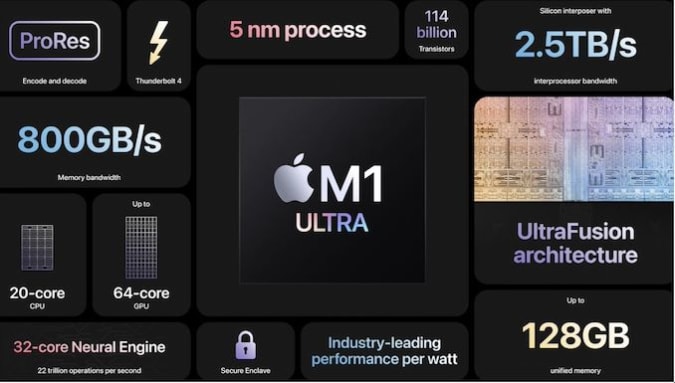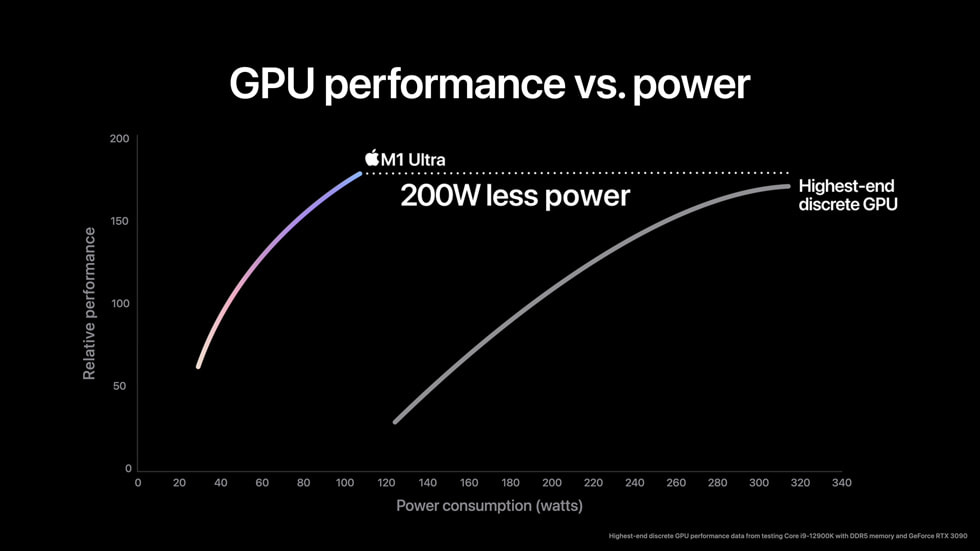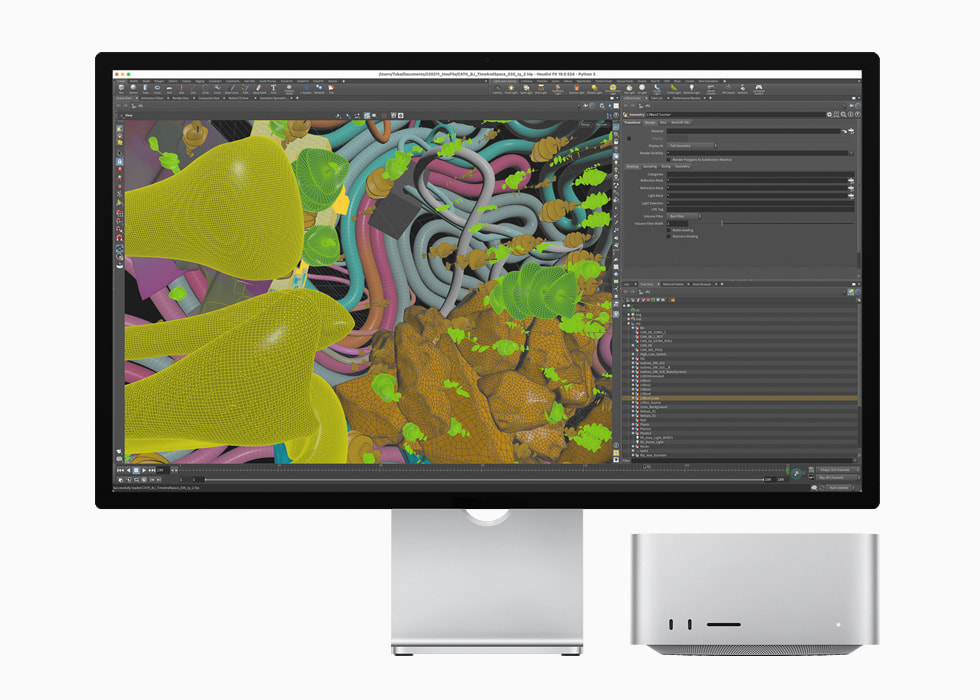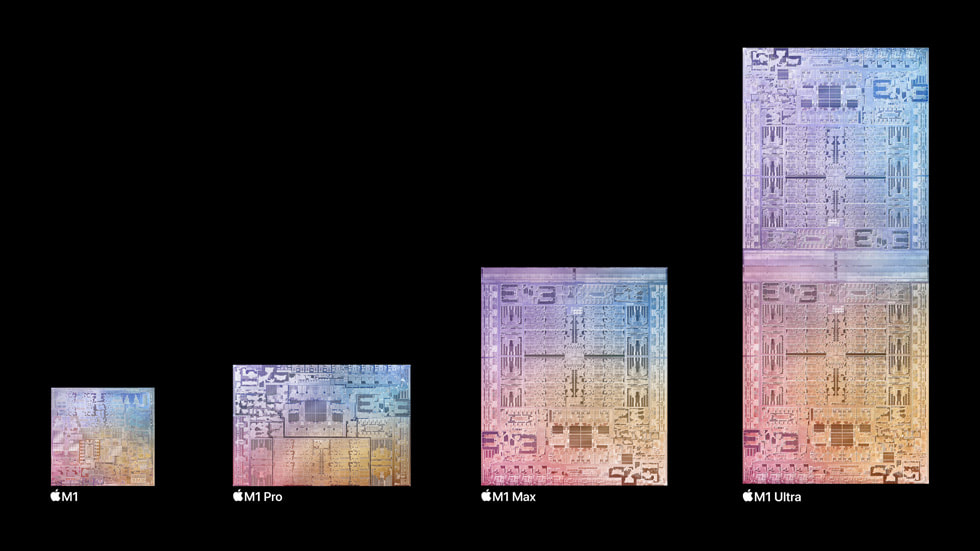
Apple rocked the computing world with its M1 chip, the first “Apple Silicon” hardware that turned the MacBook Air, Mac Mini and other computers into portable powerhouses. Last year, the company followed that up with the M1 Pro and M1 Max, which delivered even more performance for the 14-inch and 16-inch MacBook Pro. Now, Apple is adding a new member to the family: the M1 Ultra.

The M1 Ultra is essentially two M1 Max chips put together, making it even better suited to intensive creative applications like video editing and 3D rendering. During its launch event today, Apple revealed that the M1 Max chips housed a secret feature: a die-to-die interconnect, dubbed “UltraFusion,” that allows it to connect multiple chips. Conceptually, it’s similar to AMD’s Infinity Fabric, which ensures speedy communication between the CPU, GPU and other components.


 M1 Ultra has a 64-core GPU, delivering faster performance than the highest-end PC GPU available, while using 200 fewer watts of power.
M1 Ultra has a 64-core GPU, delivering faster performance than the highest-end PC GPU available, while using 200 fewer watts of power.
 M1 Ultra has a 64-core GPU, delivering faster performance than the highest-end PC GPU available, while using 200 fewer watts of power.
M1 Ultra has a 64-core GPU, delivering faster performance than the highest-end PC GPU available, while using 200 fewer watts of power.

macOS and Apps Scale Up to M1 Ultra


Another Leap Forward in the Transition to Apple Silicon






